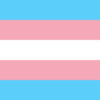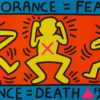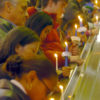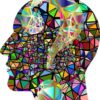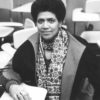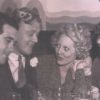Stonewall and Beyond: Gay and Lesbian Issues
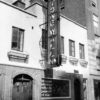
When police raided the Stonewall Inn, a gay nightclub in Greenwich Village, on June 28, 1969, gays and lesbians fought back. This marked a turning point in the struggle for gay and lesbian rights in the United States. And more than three decades later, the struggle still continues. In this lesson, students examine the issues that now surround the quest for gay and lesbian equal rights. They explore bias and negative stereotyping in the media and their effect on how gays and lesbians are treated. Along the way, students will examine their own biases and express their opinions on the topic of gay and lesbian rights in a newspaper editorial.

